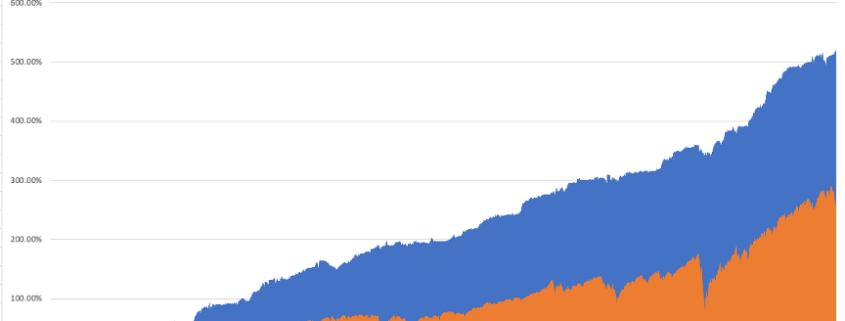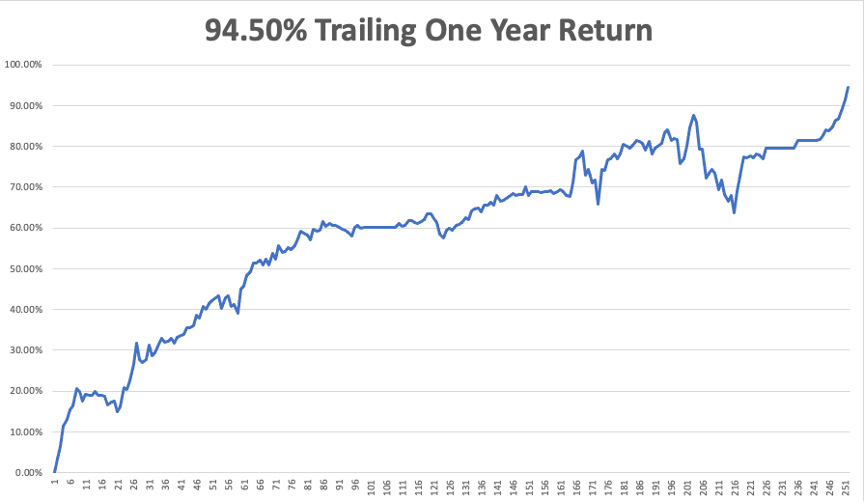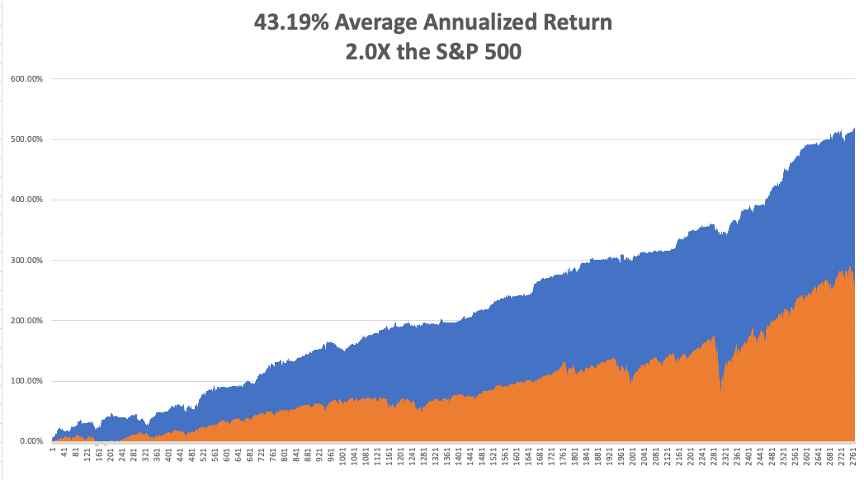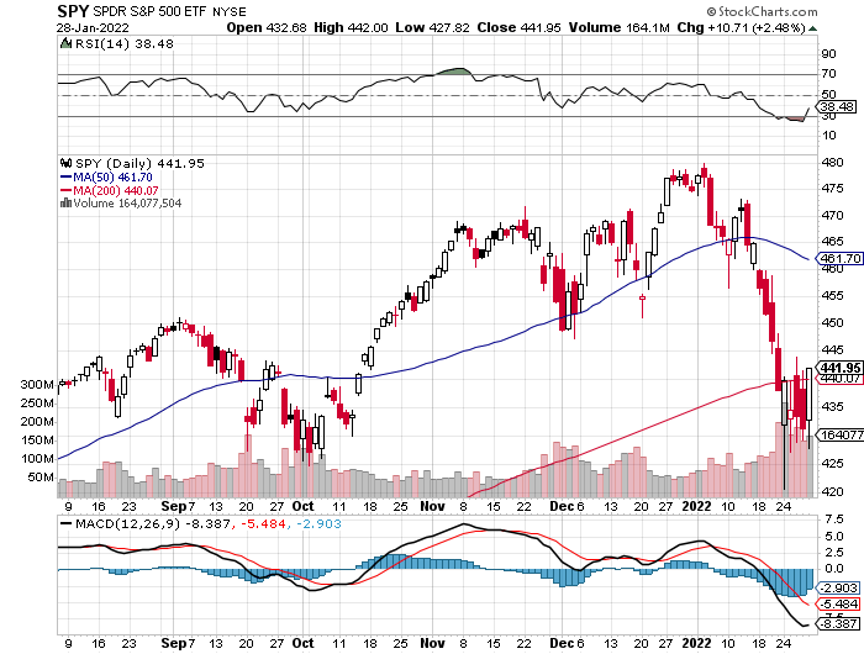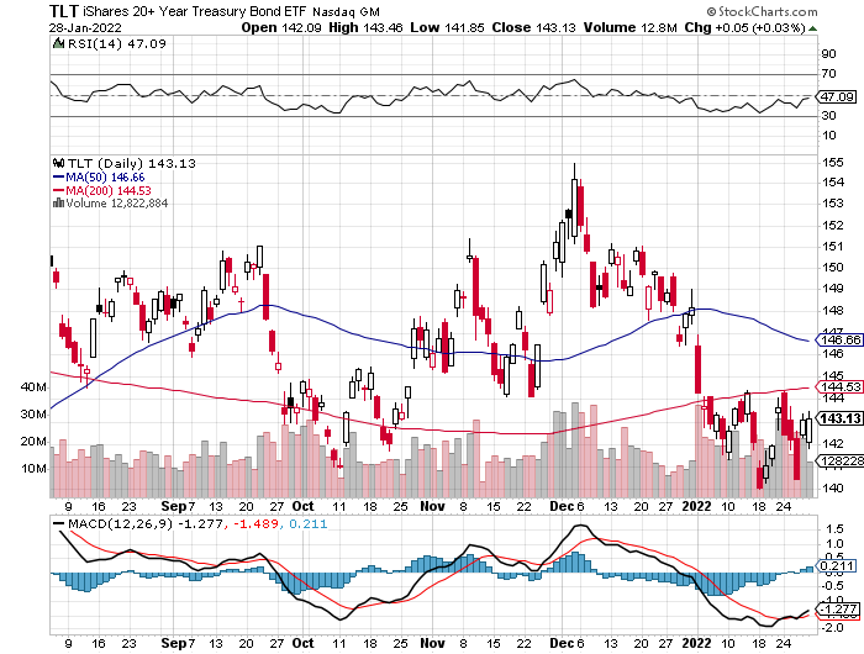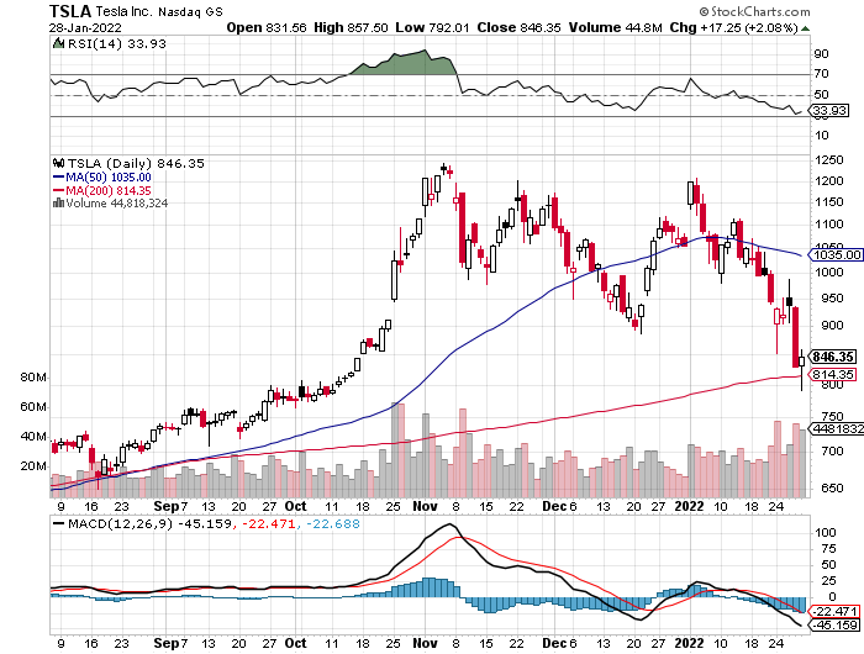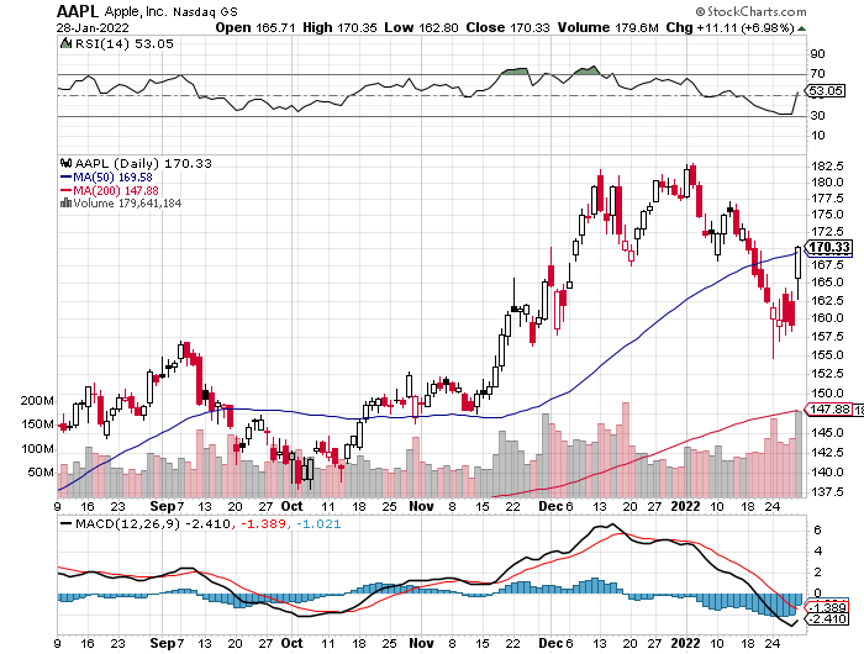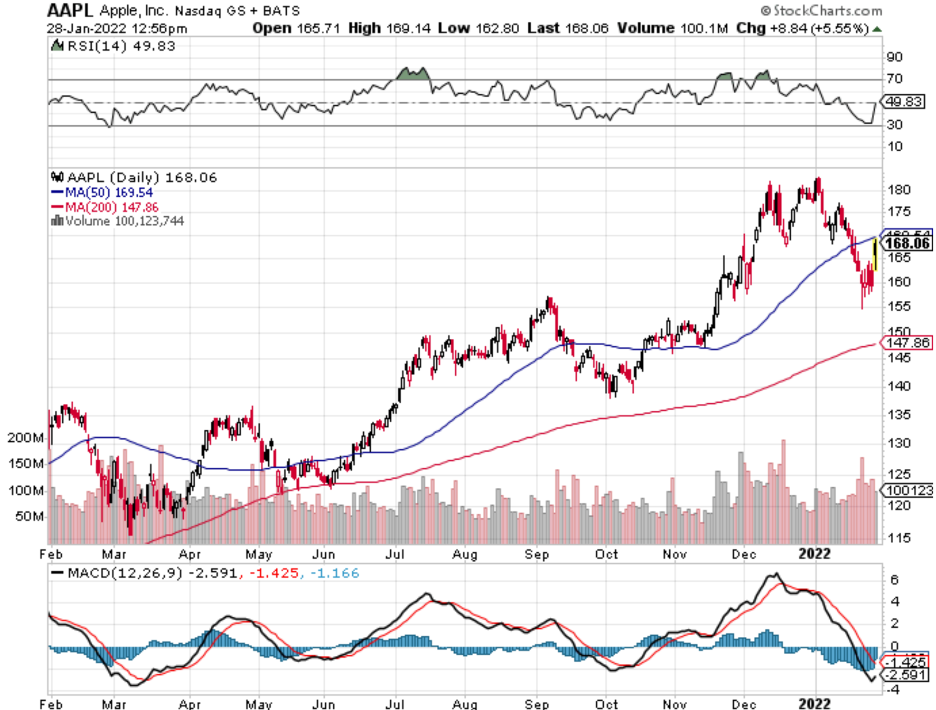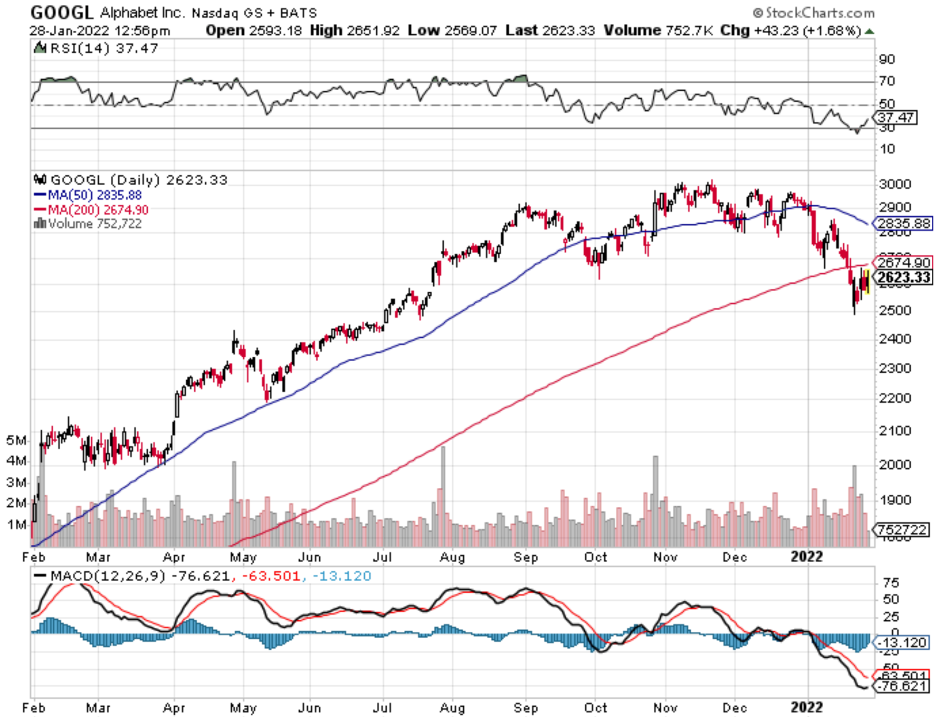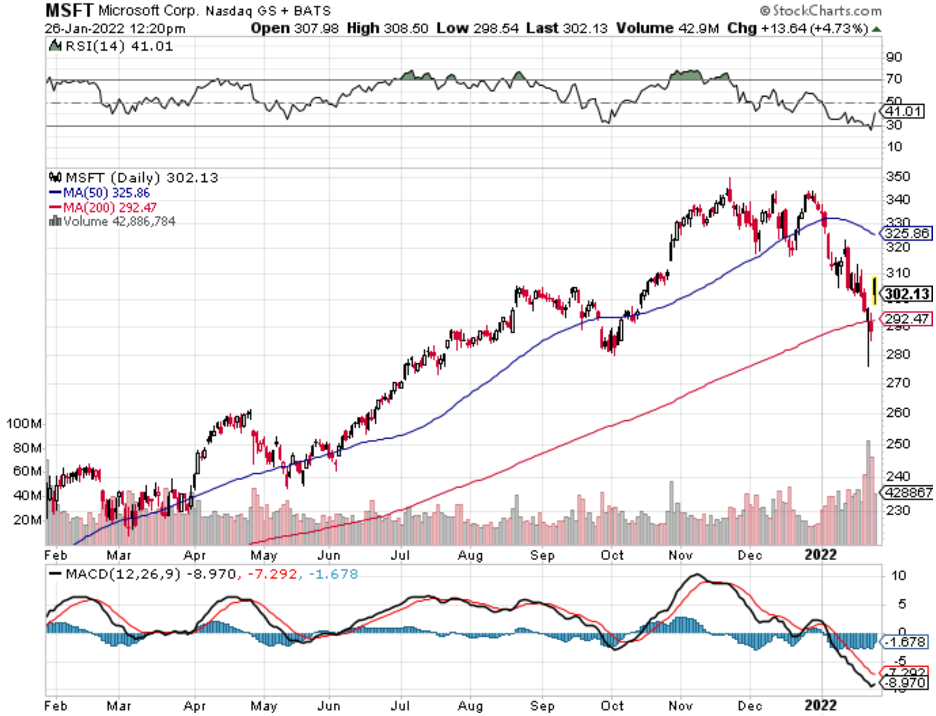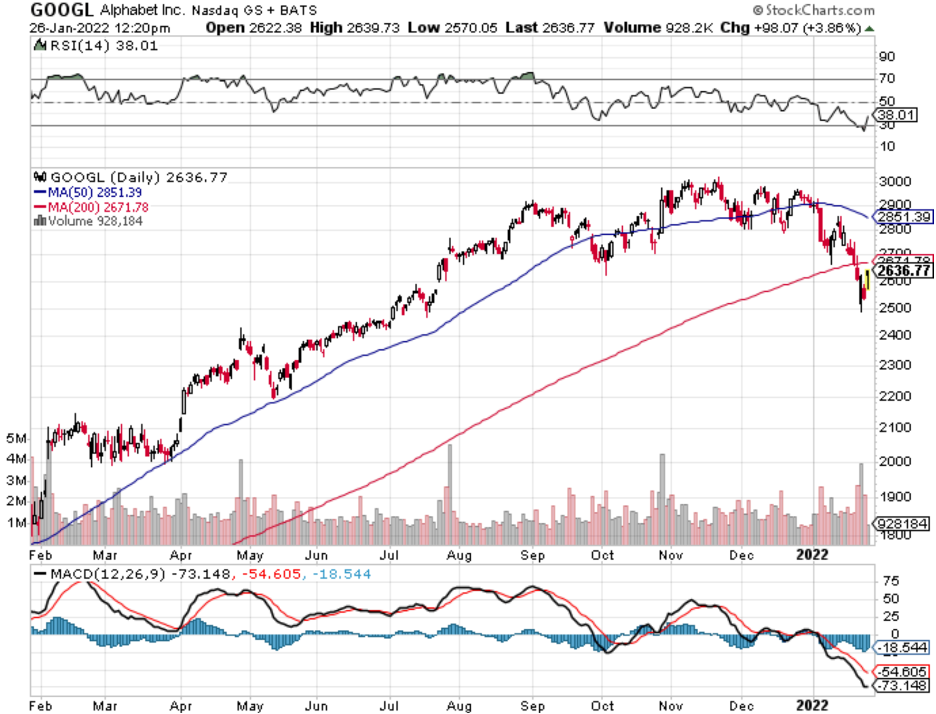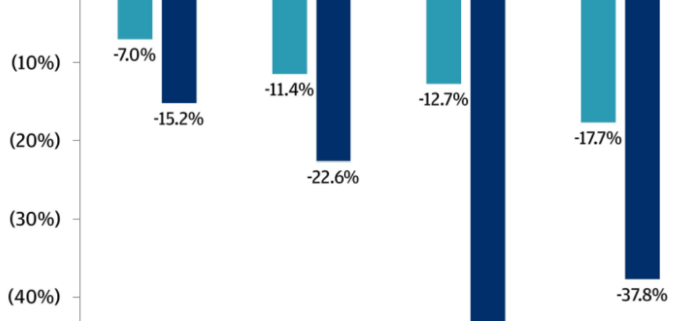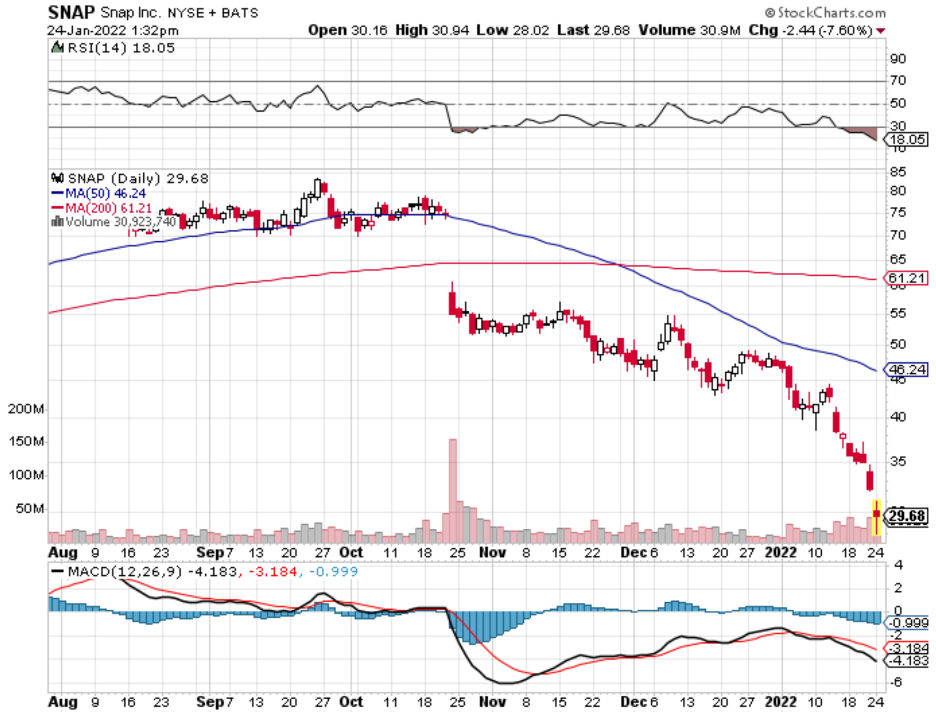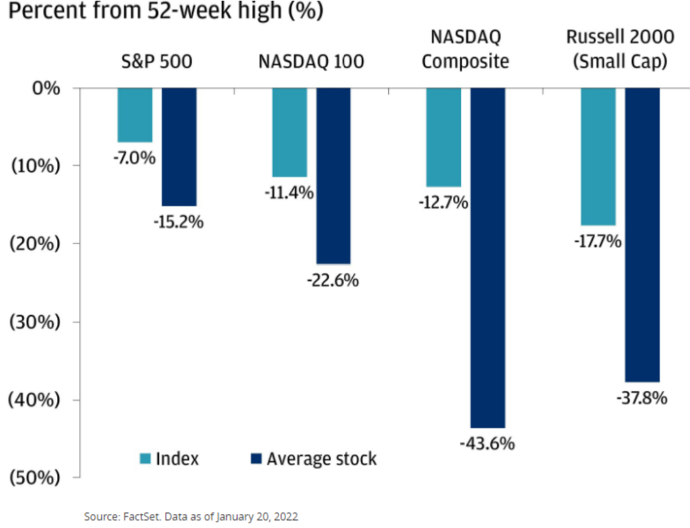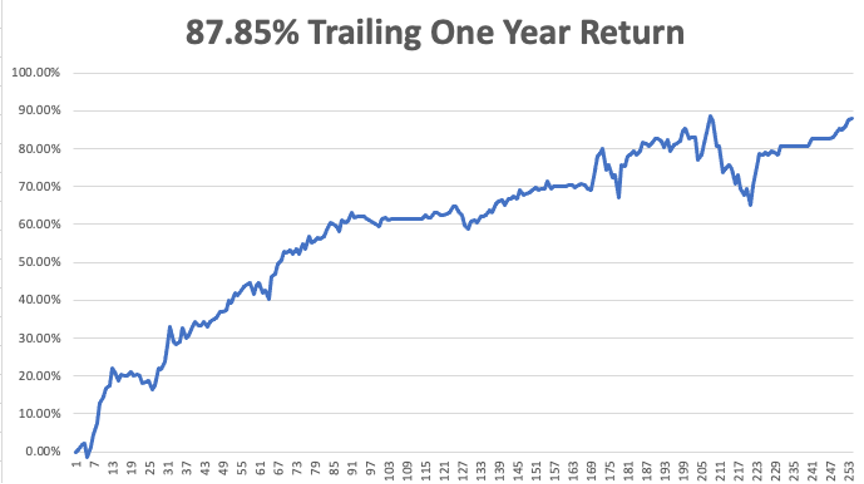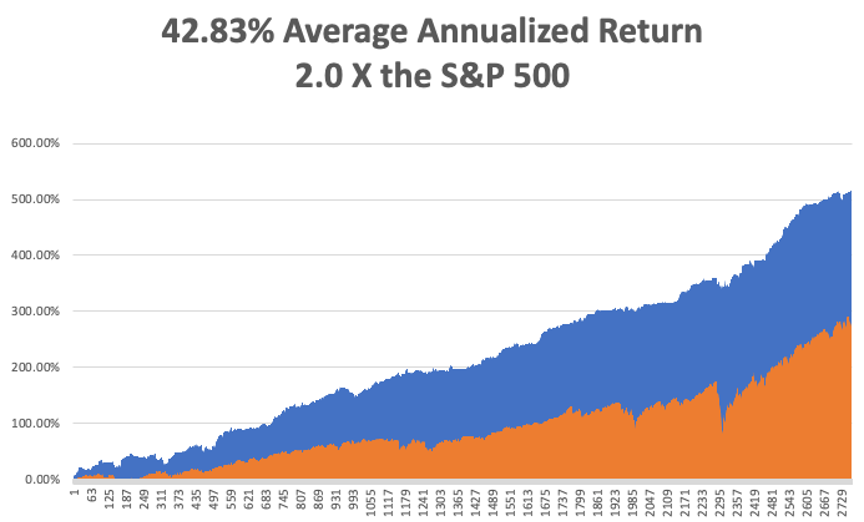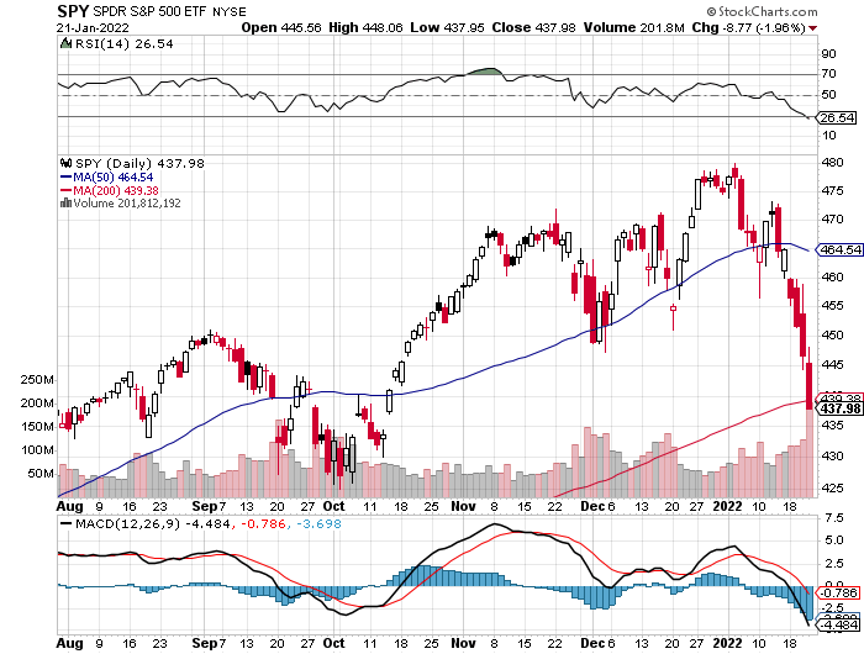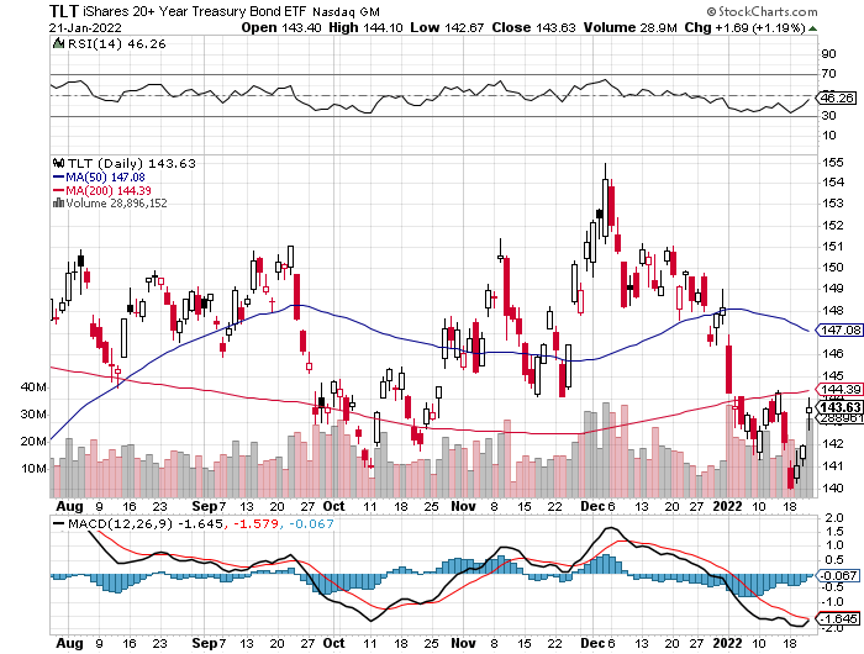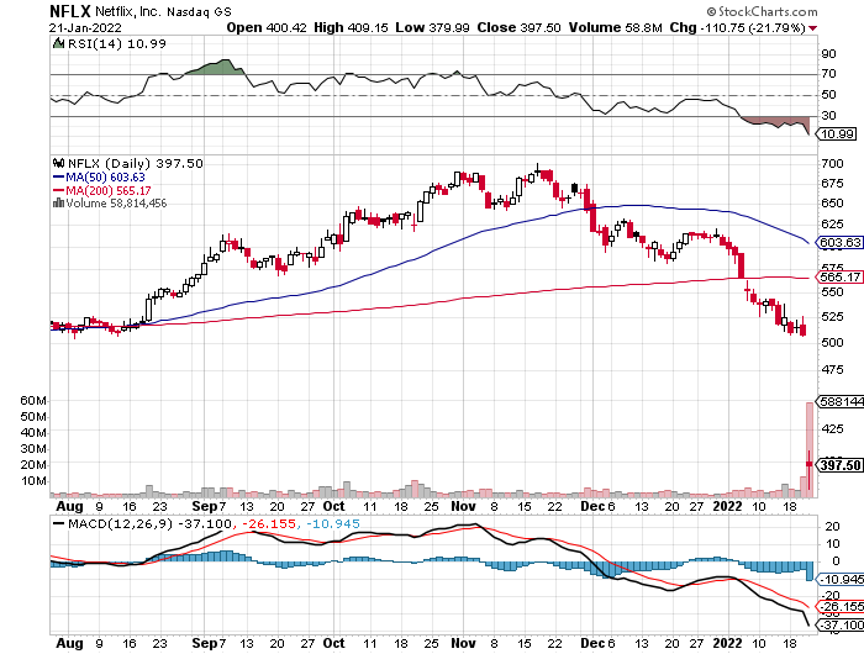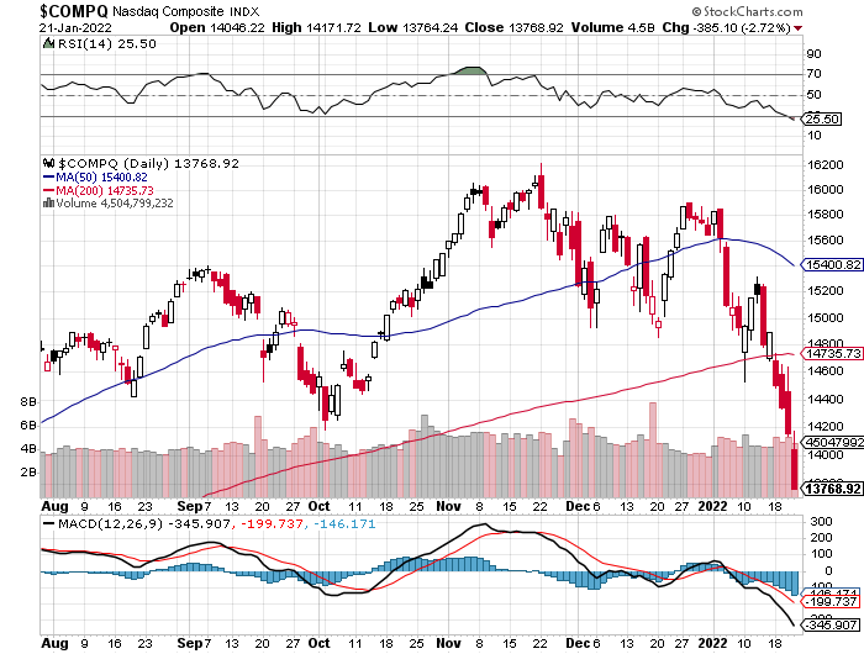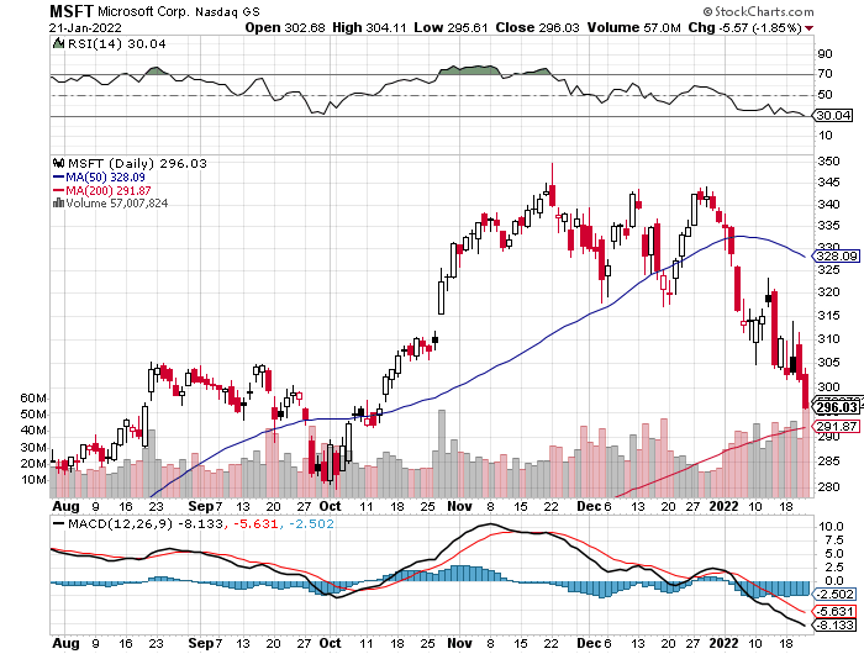That great wellspring of your personal wealth for the last 13 years, the Fed put, is no more.
No longer can you count on an endless expansion of the money supply to boost the value of your share and real estate portfolios.
In fact, since our central bank embarked on an endless effort to restore the economy during the 2008 financial crisis, the Fed balance sheet has ballooned from $400 million to $9 trillion. And it is still expanding, although at a much smaller rate.
Long time Fed watchers like myself, will tell you that the Fed is always slow, behind the curve, and is often responding to data a year late. We have an hour late and dollar short central bank.
That is certainly true with this cycle when it took 12 months for the Open Market Committee to notice that a decade-plus of zero interest rates had caused inflation to explode to 6.9%.
But just as we have to reinvent ourselves every day with a constantly evolving stock market, so does the Fed with its interest rates policy. As a result, this new interest rate cycle will be like no others.
There can be no doubt that the Fed is taking away the punch bowl. Overnight, the futures market is gone from discounting three-quarter point interest rate hikes to six. That means a rate increase at every meeting for the rest of 2022.
Quantitative easing has been thrown into the dustbin of history as well. Fed Bond buying will taper down from $120 billion in December to zero by March. The big guess now is how soon quantitative tightening will start.
In the meantime, the glass has gone from half full to half-empty for the stock market. That means selling every rally rather than buying every dip. It’s a new World.
Since the beginning of the year, I have been playing roulette. Except for that numbers one through 35 are colored black and I have only been betting black. That is the percentage of trade alerts that have been profitable so far in 2022. And you know what? I am going to keep on playing!
I’ll tell you how all this ends. Eventually, big technology prices will drop 20% and earnings will rise by 30%, producing a 50% valuation haircut. That will be enough of a bargain to draw back even the most cautious of investors. But that is still months off.
Ukraine? You’re worried about the Ukraine? Last week Biden moved the USS Harry S. Truman into the Black Sea. Other US carriers are close by. That puts a massive air counterstrike against a Russian tank invasion a phone call away.
The last time this contest played out was during the first Iraq War. Russian supplied forces lost 5,000 tanks and we lost one (he parked on a ridgeline). Putin may like chess, but he doesn’t play Russian roulette. This is all just a ploy to get oil prices high, on which Russia relies on for 70% of government revenues.
By the end of this year, the supply chain will be restored, inflation tamed, the economy will be booming, we will be at full employment, and big technology earnings will be at new records. Higher share prices are a bet I am more than willing to make, especially with 35:1 ods in my favor.
The Dow Dives Nearly $4,000 points in 14 days, in the mother of all corrections. And while the market has discounted the next four quarter-point rate hikes, it hasn’t even thought about the eight after that. Yes, overnight rates may peak at 3.25% in three years. In addition, my friends at the Fed are considering taking $3 trillion in liquidity out of the system by the end of 2023. US earnings growth will more than cover this but it may take months for markets to figure that out. That makes H1 all about preserving capital and then swinging for the fences in H2. In the meantime, make volatility your friend and not your enemy.
Don’t Buy this Dip, says Morgan Stanley. We are in for more punishment, especially in non-earning technology stocks. Too many investors missed the top and are still looking to get out. Growth is dead. But it won’t be as bad as the 2000 Dotcom bust. At a certain point, sellers will get exhausted.
The Fed Leaves Rates Unchanged but says rates will rise soon and signaled the end of quantitative easing in March. No mention was made of quantitative tightening. The economy is still very strong, but omicron is a concern. The universal feeling is that the Fed is a year late in its unfolding tightening, prompting runaway inflation. The was little market reaction as the comments were largely expected. The Volatility Index is back down to $27.
Apple Blows it Away with Q4 revenues of an eye-popping $124 billion, up 11% YOY. Some $27 billion in dividends and share buybacks was returned to shareholders. iPhone sales were up 9.2% YOY and 57% of the total. The bottom may not be in yet for this bear move but I see the shares at $250 by next year, powered by the rollout of new product lines and services. Taking profits on my short-term long right here.
Mortgage Interest Rates Hit 22-Month High, with the 30-year fixed hitting 3.56%. So far, no effect on the housing market, which is hotter than ever. But homebuilder stocks like (LEN), (KBH), and (TOL) have been getting hit hard.
S&P Case Shiller Rockets 18.8%, in November with its National Home Price Index. Phoenix 32.2%, Tampa (29%), and Miami (26.6%) were the big gainers. The real estate boom is years away from a peak.
New Home Sales Skyrocket to an eye-popping 811,000 in December, up 11.7% YOY. Median sales prices jump to $377,700, up 3% YOY. Inventories further shrink to six months. Builders can’t build them fast enough, thanks to labor and supply chain shortages. With a 50-basis point rise in mortgage rates, next month’s report may be a different story.
Oil Could Hit $100 in a Day if Russia attacks the Ukraine. Inventories are already short from lack of investment and Europe is facing a Russian engineered energy squeeze. A Chinese economic recovery, the world’s largest importer, could make matters worse. Watch (USO).
Caterpillar Announces Robust Earnings, but the stock sells off anyway. Total 2021 profits came to $505 million, up 72% from 2020. Enormous construction demand is a major boost, as well as ongoing commodity and agricultural booms. Buy (CAT) on dips as a major pro-cyclical play.
My Ten-Year View
When we come out the other side of pandemic, we will be perfectly poised to launch into my new American Golden Age, or the next Roaring Twenties. With interest rates still at zero, oil cheap, there will be no reason not to. The Dow Average will rise by 800% to 240,000 or more in the coming decade. The American coming out the other side of the pandemic will be far more efficient and profitable than the old. Dow 240,000 here we come!
With the pandemic-driven meltdown on Friday, my January month-to-date performance rocketed to 12.05%. My 2022 year-to-date performance ended at 12.05%. The Dow Average is down -5.2% so far in 2022.
With 26 trade alerts issued so far in January, there was too much going on to describe here.
That brings my 12-year total return to 524.61%, some 2.00 times the S&P 500 (SPX) over the same period. My 12-year average annualized return has ratcheted up to 43.19%, easily the highest in the industry.
We need to keep an eye on the number of US Coronavirus cases at 74 million and rising quickly and deaths topping 884,000, which you can find here.
On Monday, January 31 at 6:45 AM, the Chicago PMI for January is out.
On Tuesday, February 1 at 7:00 AM, the JOLTS Job Openings for December are announced.
On Wednesday, February 2 at 8:30 AM, the ADP private jobs figures for December are released.
On Thursday, February 3 at 8:30 AM the Weekly Jobless Claims are disclosed. At 7:00 AM the ISM Non-Manufacturing PMI is printed.
On Friday, February 4 at 8:30 AM the January Nonfarm Payroll Report is released. At 2:00 PM, the Baker Hughes Oil Rig Count is out.
As for me, those of you who have followed me for a long time will not be surprised to learn that I once made a living as a male model in Japan.
I took fairly conservative gigs, a TV commercial for Mazda Motors, a testimonial for Mitsubishi television sets, and print ads for Toyota. The X-rated requests I passed on to my friends at the karate school.
Then the casting call went out for the tallest, meanest-looking foreigner in Japan.
They picked me.
Koikei Potato Chips was unique among competing brands in Tokyo in that they were sprinkled with seaweed flakes. I couldn’t stand them.
The script set me in a boxing ring beating the daylights out of a small Japanese competitor. I knocked him flat. Then a Japanese girl rushed up to the ring and fed the downed man Koikei Potato Chips. Instantly, he jumped up and won the fight.
In the last scene, the Japanese man is seen sitting on top of me with two black eyes eating more potato chips. Oh, and the whole thing was set in a 19th century format so I was wearing tights the entire time.
I took my 10,000 yen home and considered it a good day’s work.
Ten years later, I was touring Japan as a director of Morgan Stanley with some of the firm’s largest clients. We stopped for lunch at a rural restaurant with a TV on the wall. Suddenly, one of the clients asked, “Hey John, isn’t that you on the TV?”
It was my Koike Potato Chip commercial. After ten years, they were still running it. Who knew? I was never so embarrassed. When the final scene came, everyone burst into laughter. I feebly explained my need for spare cash a decade earlier, but no one paid attention.
I continued with my tour of Japan but somehow the customer reaction was just not the same.
Stay Healthy,
John Thomas
CEO & Publisher
The Diary of a Mad Hedge Fund Trader

